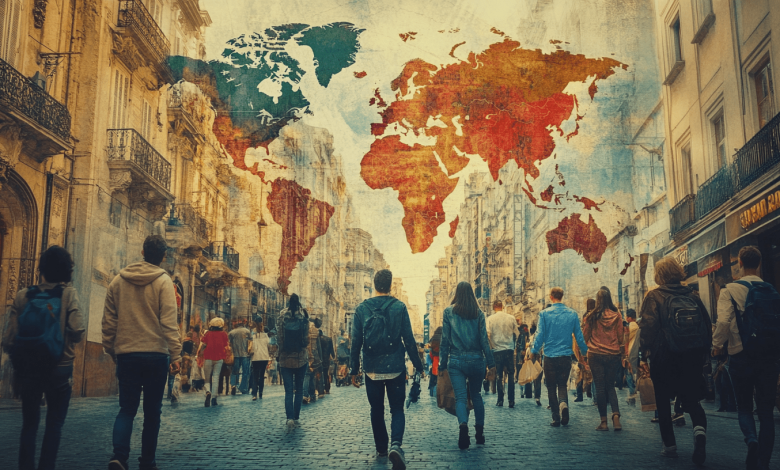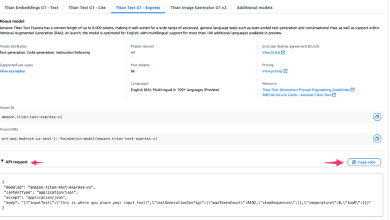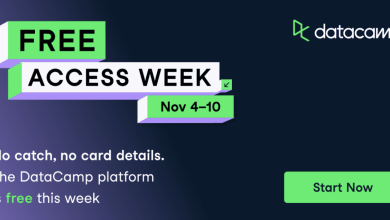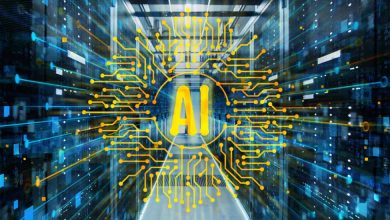Data Science for Social Good: Real World Projects Making a Difference

Image by Editor | Midjourney
Technology is best used to serve the betterment of society. Almost four years ago, while delivering a session on using “AI for Social Good”, I promoted the use of AI beyond commercial use.
And it feels great to see how far we’ve come since then. Be it related to healthcare, education, environmental conservation, or poverty eradication — data science has been used to solve some of the most critical societal challenges.
This article highlights how data science is being used for social good, and making a meaningful impact on society.
Diagnosing Plant and Livestock Diseases
Pests and diseases can ruin crops. What if there were a model that can diagnose plant diseases by simply looking at the photos of the crops?
One such project is the PlantVillage project, developed by Penn State University. It leverages AI and ML trained on 500,000 images of healthy and diseased plants and provides early diagnosis through its mobile app, called PlantVillage Nuru.
The algorithms take crop type, location, and planting date as three critical inputs to give advice through various channels, such as smartphones, SMS, TV, or real-world social networks.
Based on the model prediction, farmers can take timely action that can potentially improve their crop yields.
An extended use of PlantVillage AI technology is also used to detect livestock diseases. By looking at the images of diseased animals, a doctor can remotely diagnose their symptoms and recommend the necessary course of action.
Improving Air Quality Monitoring
Do you know breathing polluted air cuts short life span by an average of 2.3 years? It can cause severe health issues including respiratory illnesses and lung cancer, making it one of the major environmental causes of death across the globe.
To enable advocacy for solutions to air pollution, OpenAQ, a nonprofit organization provides free access to aggregated data collected from several sources to create a centralized platform for air quality data.
They believe in “empowering a global community of changemakers to solve air inequality—the unequal access to clean air.”


Predicting pollution in an area using AI (source: OpenAQ)
Air quality data from sources like satellite observations, ground-level air quality data, meteorological data, and wildfire/smoke data is used to develop the Predicting What We Breathe (PWWB) model that provides air quality predictions and identifies pollution hotspots.
Policymakers and authorities leverage these predictions to make timely interventions to improve air quality and public health.
Protecting Endangered Species
Safety is everyone’s concern, more so for endangered species due to limited resources and vast areas to monitor.
What if there existed a system that can analyze data from previous patrols, animal sightings, and poaching activities to predict where poachers are most likely to strike next? Such pattern analysis will give rangers to directionally patrol thereby increasing their chances of catching poachers and protecting endangered animals.
This is the basis of the PAWS (Protection Assistant for Wildlife Security) project. Developed by researchers at the University of Southern California, the project uses AI and game theory to optimize wildlife ranger patrols.
The project highlights their motivation by explaining game theory as “the repeated and strategic interaction between those who protect these resources and those who seek to attack or exploit these resources can be modeled using game theory as a repeated game.”
Fighting Hunger with AI
We have discussed the use of AI for safety, security, and health measures. Now, let’s see how AI and ML are being used to predict food security.
To identify areas at risk of food shortages, the World Food Programme’s (WFP) Hunger Map LIVE project analyzes data from various sources, such as:
- Food prices
- Weather patterns
- Conflicts
- Hazards
- Nutrition
- Population movements
Such information not only helps in the effective allocation of resources but also in responding to emerging food crises promptly.
Final Thoughts
Have you noticed that all of these projects demonstrate the immense potential of data? Given the rate at which new cutting-edge developments are taking place, data science has the potential to solve complex problems and improve lives around the world.
These are a few of the many projects and initiatives where technology as powerful as AI can be put to better use. As an AI thought leader and changemaker, I hope to see more innovative uses of AI making a real difference in the world.
After all, the best use of technology is to put it for the greater good, shaping a better future for one and all.
Vidhi Chugh is an AI strategist and a digital transformation leader working at the intersection of product, sciences, and engineering to build scalable machine learning systems. She is an award-winning innovation leader, an author, and an international speaker. She is on a mission to democratize machine learning and break the jargon for everyone to be a part of this transformation.



